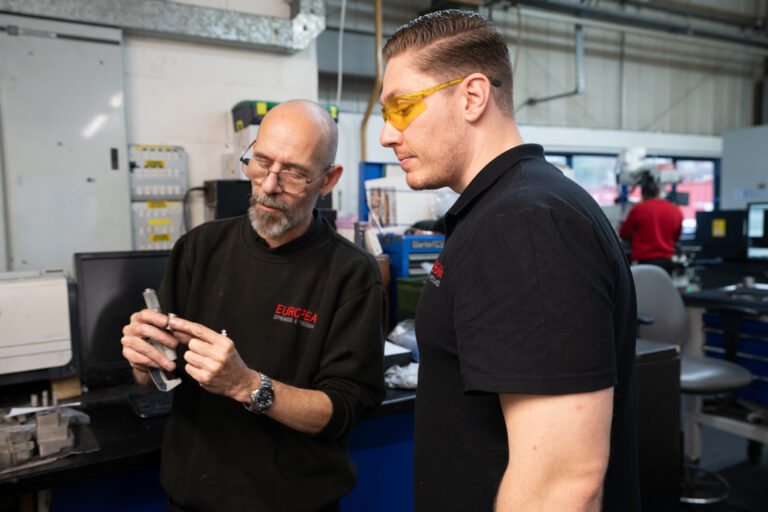
Do Springs Work in Space?
We have been fascinated with space exploration for many years, and as we make our way further into space, more

We have been fascinated with space exploration for many years, and as we make our way further into space, more

All over the world, there are groups of knowledgeable individuals and teams on a constant search for new and innovative

The connection between engineers and mechanics can sometimes be unclear, and although they work together to put all the pieces

British Science week; an entire week where people from around the world get together to embrace, indulge, and celebrate in

The most common metal that is used to manufacture springs is an alloy of steel and carbon; an alloy normally

It might be the largest planet of our solar system, but since the past 5th of July we can pride

19 years ago, a story hit the front page that gave the science industry a huge shake-up. The announcement heralded

And even if we don’t have exactly the tool we need, European Springs’ in house technology enables us rapidly to design and make complex tools, allowing us to offer more competitive prices.



© Copyright 2025 | European Springs
Designed, Promoted and Powered by SQ Digital